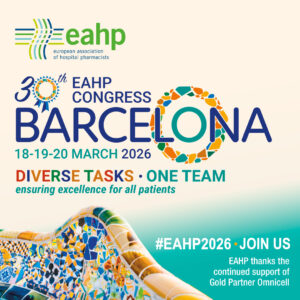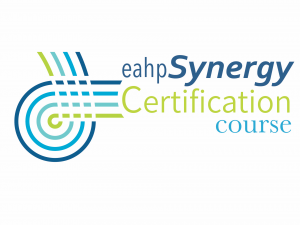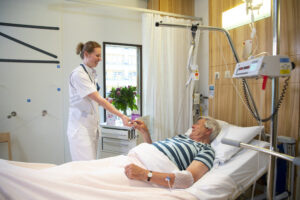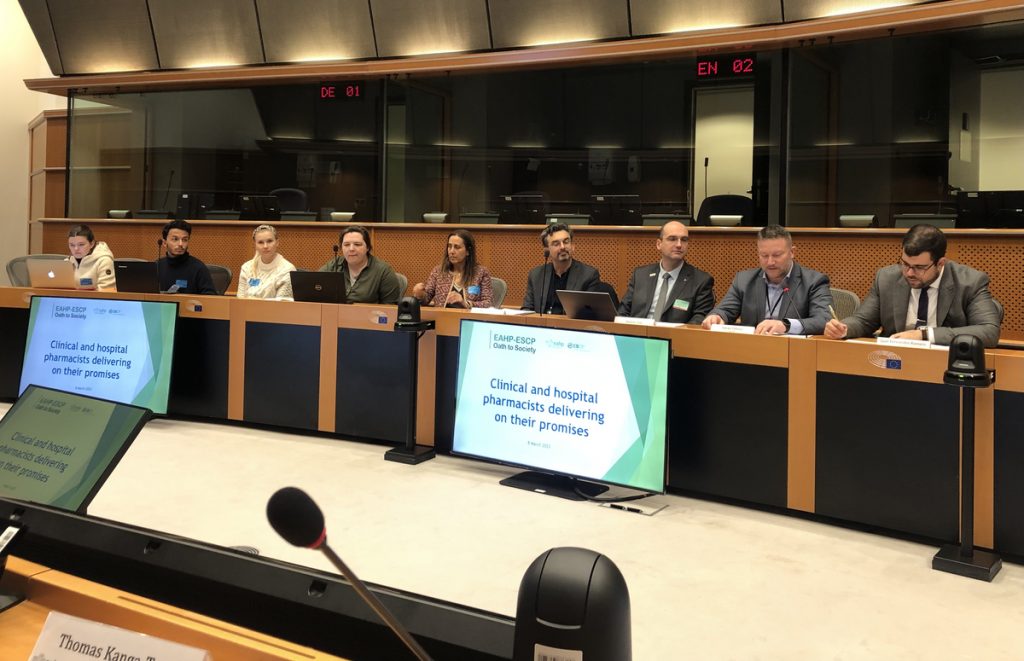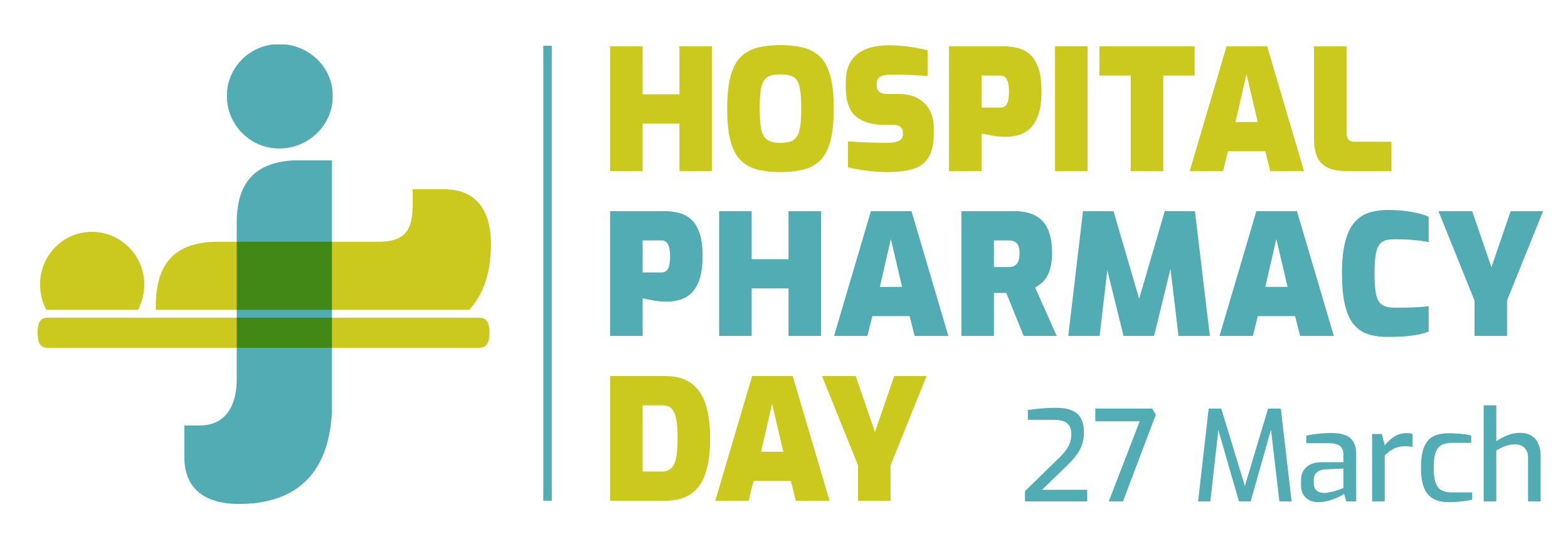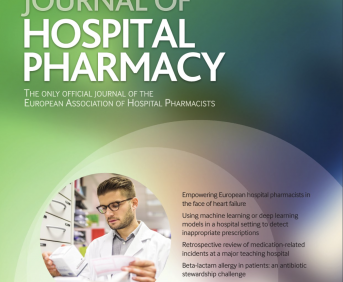COVID-19: Guidelines for Infection Prevention and Control in a Hospital Pharmacy According to ISO 9001:2015
European Statement
Patient Safety and Quality Assurance
Author(s)
SUSANA SANCHEZ SUAREZ, JOSE ANTONIO VINAGRE ROMERO, MARIA ISABEL BARCIA MARTIN, CAROLINA AGUILAR GUISADO, MERCEDES GARCIA GIMENO
Why was it done?
To keep occupational health and safety during a crisis in which healthcare settings were overloaded and facing a critical shortage of skilled professionals, due to sick leaves (2,75% of total cases), and for the need to maintain high quality of care processes. These were a big challenge that required to adapt operating procedures. In addition, and due to the effect of COVID-19 on the general population (overall incidence rate of 10.596 per 100,000 people) and in healthcare systems, the Spanish Ministry of Health (SMH) issued a technical document establishing a series of recommendations for COVID-19 infection prevention and control in patients medical assistance. This practice was designed to bring together national guidelines from the SMH that aimed to reduce COVID-19 impact, both in healthcare workers and general population, and meet ISO 9001:2015 requirements in SOP of a HP within a general hospital
What was done?
In order to ensure safe systems of work (SSoW) in the hospital pharmacy (HP) during the COVID-19 pandemic, specific operating procedures (SOP) were adopted in order to prevent the risk of contagion in daily operations for both patients and staff, according to the norm ISO 9001:2015
How was it done?
Four critical areas were identified according to risk management: High-risk areas: Preparation Area (PA) and Outpatient Dispensing Area (ODA); medium-risk area: Pharmacy Administration Area (PAA) and Inpatient Dispensing Area (IDA). Some SOPs were developed within these areas: Autologous serum eye drops preparation in the PA, pharmaceutical care and medication dispensing in the ODA, pharmacy receiving in the PAA and medicines return from COVID-19 areas. Different circuits were implemented for users and professionals, as well as general information and procedures directed at patients and personnel, to prevent infection. The individual protection equipment required in each SOP/area was also established
What has been achieved?
No COVID-19 case has been reported due to patient-professional interactions or working location and tasks. All operating procedures have been revised to fully comply with SMH guidelines and ISO 9001: 2015 requirements mitigating risks and maximizing performance in such critical circumstances
What next?
Adapting SOP to any infectious disease outbreak that may occur in the future and establishing early-detection mechanisms





